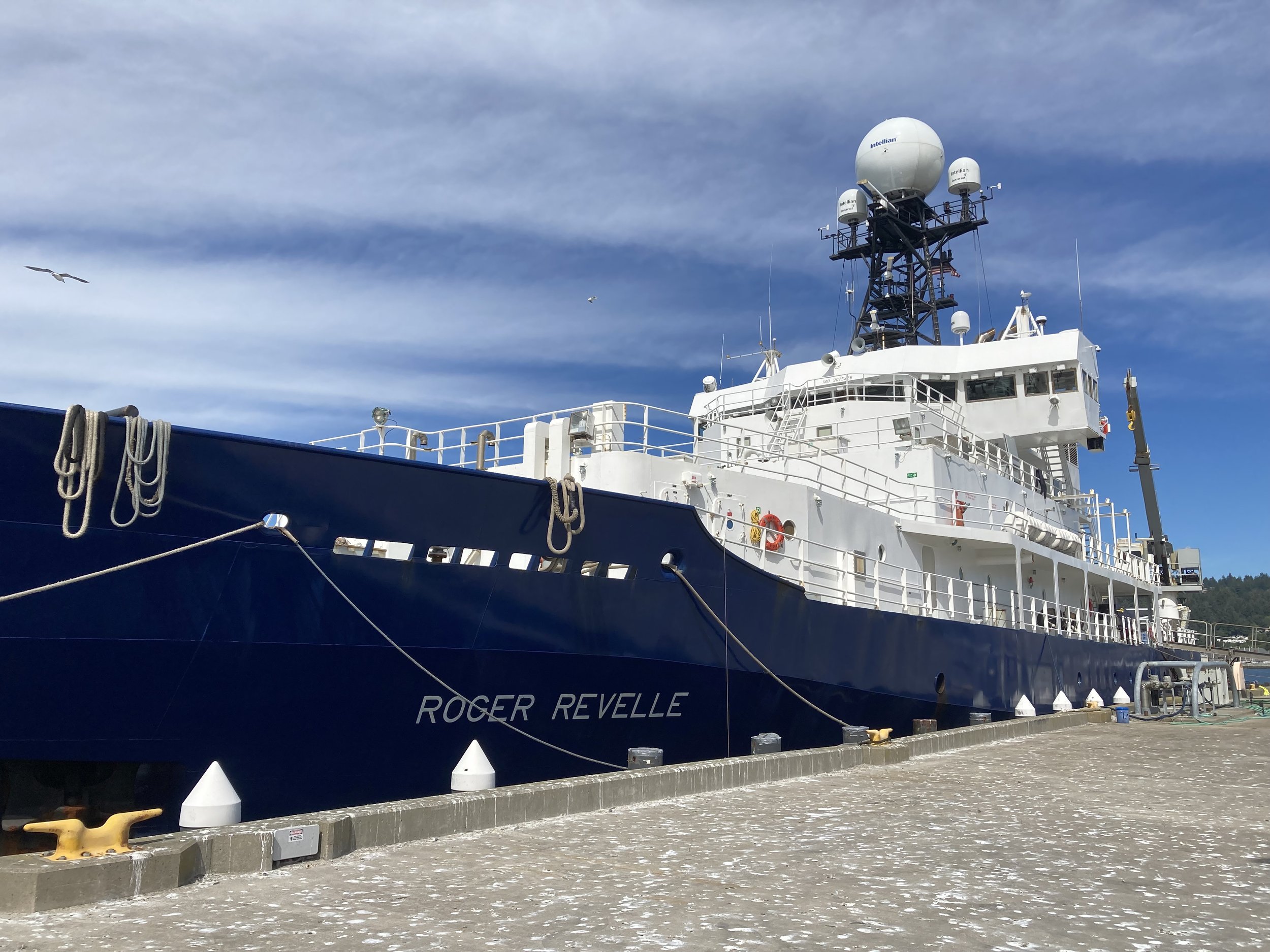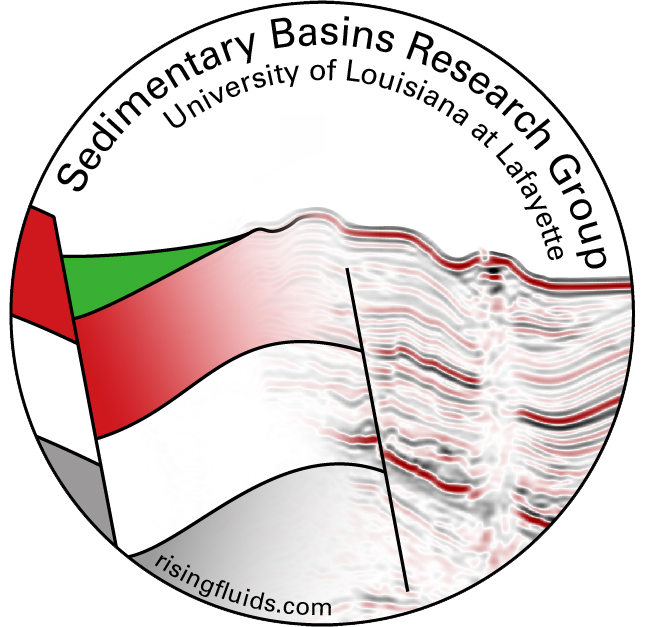
continental margin processes
Shallow Marine geohazards
Studying shallow marine geohazards associated with gas and overpressure is essential for a comprehensive understanding of potential risks and impacts on coastal and offshore environments.
Gas-related geohazards, such as gas seepage and hydrate dissociation, can lead to overpressure in sediments, posing a threat to infrastructure and ecosystems. Gas release can trigger submarine landslides, impacting underwater slopes and potentially causing tsunamis. Moreover, overpressure can compromise the stability of the seafloor, affecting the integrity of drilling operations and offshore structures.
By investigating these geohazards, we can develop effective strategies for risk assessment, hazard mapping, and designing resilient structures, ensuring the safety of human activities and marine ecosystems. Understanding the dynamics of gas-related geohazards is crucial for sustainable development and the responsible management of coastal and offshore resources.
Gas and overpressured fluids
Mass Transport Deposits
The near-seabed and shallow subsurface of deep and ultra-deepwater (> 1000m) are still poorly known. Only in the last 15 years has the extensive use of AUV-borne mapping systems started to depict surficial morphology and shallow subsurface geology with adequate details and resolution. The main result is that these areas are active and dynamic.
The internal structures and extent of the MTDs have been characterized in several areas of the world using hydrocarbon exploration 3D seismic data. However, this data resolution provides a good understanding only of the large MTDs and of the deformation history up to the base of the Pleistocene. Therefore, the detailed characterization of smaller-scale deposits emplaced during the most recent time interval is missing. Using an analogy with classic sequence stratigraphy, we have a wealth of information about the low-order structures but not about the high-order systems.
tsunami and extreme waves
Tsunamis are the most famous and destructive results of coastal earthquakes, in part because they can cause damage thousands of miles from the earthquake epicenter. Typically, two small local tsunamis occur each year throughout the world. Instead, major tsunamis are infrequent events that may hit the same portion of the coastline with a recurrence time of centuries. Even on a tectonically active coastline, the most recent large tsunami may predate the written record (e.g. 1700 Cascadia).
Researchers have spent decades comparing the results of models of ancient tsunamis to the deposits of modern tsunamis. In the last three decades, geologists have been to most areas hit by tsunamis soon after the event (starting with 1992 Nicaragua), and in each case, sedimentologists have collected data to help benchmark models of tsunami deposition. We still don’t know exactly what processes affect the tsunami sediments nor how much of the original deposit is returned to the ocean.
We focus on tsunami and storm sedimentation in an effort not only to understand how to identify ancient catastrophes from their deposits but to determine how large those catastrophes were and the processes acting on their sediments after deposition.




